Finalmente sono arrivato alle Frontiere dell’Interazione!!! Emozione alle stelle!
Before jumping on the keyboard to write applications for the SPOTs, I’d like to show you what’s in the Development Kit box. It contains three SPOTs, Java Development Kit CDROM, USB cable, two brackets for fix a SPOT over a vertical surface, installation manual and safety information:
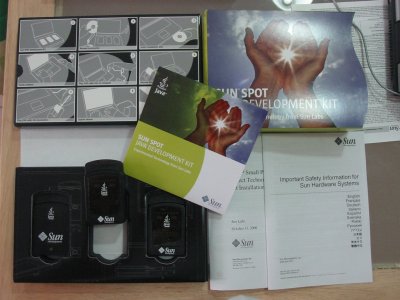
The SPOTs in the kit are:
This is a free-range SPOT:
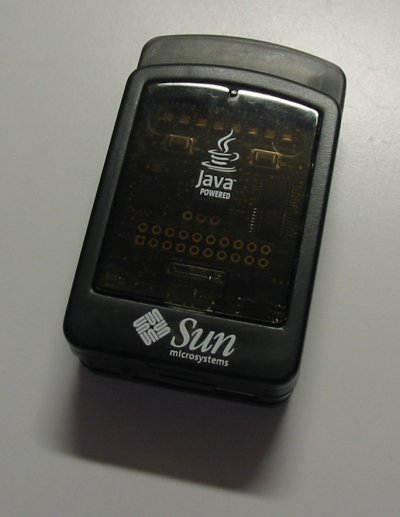
The base station lets the PC to connect to free-range SPOTs, configure them, remotely install and run applications. Moreover, until connected to the PC (that is: until it has power to run!) it works as other SPOTs, unless for lack of sensors. The base station is able to work as gateway between the PAN network of SPOTs and the web; in other words, it allows free-range SPOTs to open HTTP connections to the Internet using the base station as access point.
I prepared this video to show you how to disassemble a SPOT and look inside it:
A free-range SPOT consist of two double-sided boards (with radio, CPU, sensors, LEDs and switches):
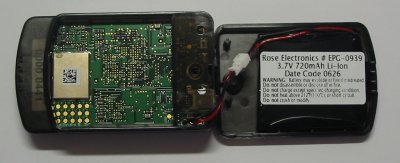
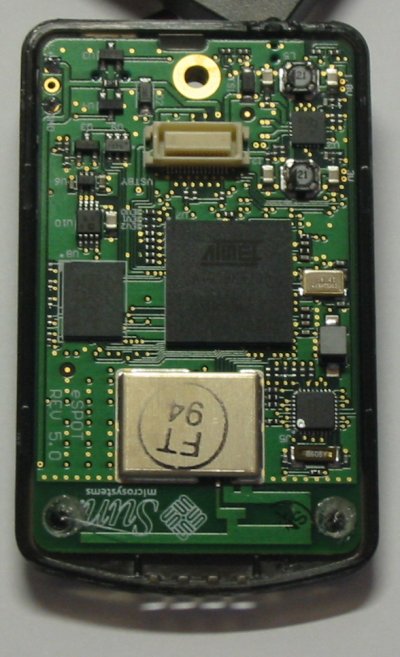
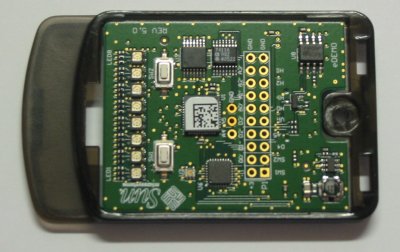
If you want to take a look to SPOTs, join Frontiers of Interaction III next Thursday in Milan:
… che per festeggiare il suo compleanno con i colleghi, anziche’ portare pasticcini e pizzette, ha fatto una spettacolare spaghettata alle vongole:
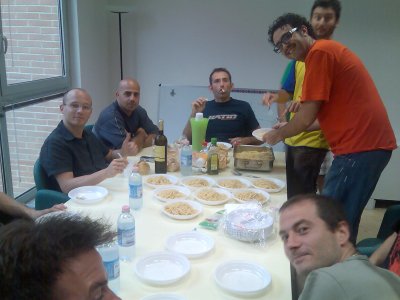
Questo video riassume (ed estremizza) quanto detto nel post precedente a proposito dell’uso indisciplinato delle etichette:
Appena avete qualche minuto da perdere e vi trovate in un centro commeciale, fate un salto al reparto PC (o qualcosa del genere) e date uno sguardo all’esposizione dei computer portatili. Noterete con piacere (!) che tutti, ma proprio tutti, hanno delle vistose etichette in corrispondenza della base della tastiera, proprio dove vanno a poggiarsi i polsi durante la digitazione. Molte di queste etichette si possono rimuovere immediatamente e con facilita’ subito dopo l’acquisto, in genere si tratta di leggere pellicole con adesivo molto blando (si tratta di solito di tabelle riassuntive delle principali caratteristiche dell’oggetto). Vi sono poi delle etichette particolarmente tenaci, aggressive, attaccate al case del portatile in maniera insolente e imperterrita. Generalmente queste etichette sono due: una dedicata al processo e l’altra al sistema operativo. Sul primo si potrebbe chiudere un occhio (comunque vadano le cose, difficilmente il processore verra’ sostituito con un altro). Ma il sistema operativo…
Ad ogni modo, queste due etichette col tempo si rovinano, si scollano… ma solo leggermente, quanto basta per graffiare i polsi oppure rendere tutto fastidiosamente appiccicoso, ma non si staccano abbastanza da levarsi di mezzo definitivamente.
Ieri sera, forse esasperato dal caldo, ho deciso di fare la guerra alle etichette del mio Acer (si, quel famigerato di cui ho scritto qualche giorno fa) e di cacciarle definitivamente da casa. E ho fato una bella scoperta: quelle etichette, proprio quelle due, sono ben incollate e belle robuste; una, in particolare, e’ fatta di metallo piuttosto rigido, quasi alluminio. Che impegno! Ve ne rendete conto? L’etichetta “Designed for Microsoft Windows XP” e’ piu’ robusta del case del computer stesso! Ridicolo e vergognoso! Tanta cura e’ stata messa in quella etichetta e tanta superficialita’ ha accompagnato la progettazione delle plastiche e della struttura del portatile.

Chiudo con una riflessione: malgrado i portatili Apple siano passati ad architetture Intel (e tutti, ma proprio tutti ormai lo sappiano), nessuna etichetta appiccicosa sporca il telaio dei Mac. Intel inside, class & elegance outside…
Mirabile esempio di computer graphics, fantasia e buona musica:
“… cosi’ un’altra macchina Windows se ne va… ”
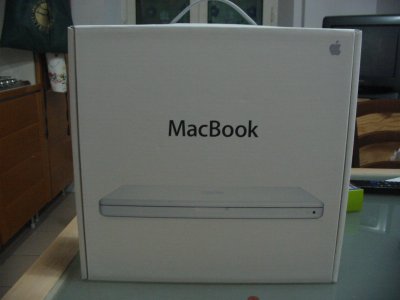
Thanks to my dear friend Fabrizio, now I have the SunSpot in my hands! 🙂
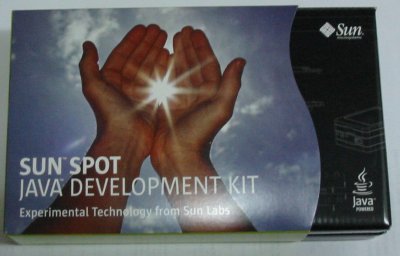
SunSpot is experimental technology developed by Sun Labs. The SPOT (Small Programmable Object Technology) provides small JavaME-enabled boxes, equipped with radio, sensors, battery… This is one of the modules:

Each SunSpot is impressively small. Look at it compared to the Palm Tungsten E2:
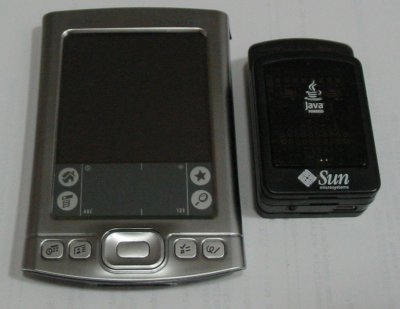
This is only the beginning: stay tuned for updates! 🙂
Di mashup del Web 2.0… e’ pieno il mondo, ma cosa accadrebbe se potessimo fare mashup anche degli oggetti fisici che ci circondano? Le possibilita’ che si aprono sono tantissime, anche se probabilmente ci vorra’ un po’ di tempo affinche’ si possa sfruttarle pienamente e a costi accessibili. Grazie all’invito di Matteo Penzo, il 28 giugno prossimo avro’ il grandissimo piacere di partecipare a Frontiers of Interaction III
uno degli eventi piu’ brillanti sugli usi rivoluzionari della tecnologia per l’interazione uomo-macchina; in particolare parlero’ proprio di Mobile HW Mashup (in questo post Matteo parla del mio intervento), tra cui visual tagging, physical tagging (intesa come la possibilita’ di taggare oggetti fisici attraverso NFC), automotive “casereccio” e SunSpot…
Vi segnalo questa curiosa risorsa: una timeline delle distribuzioni Linux, che mostra le gemmazioni dalle distro principali e, ahime’, i numerosi progetti che si sono arenati per strada…
Una grazie ad Antonio per averla segnalata nella mailing list del GULCh.